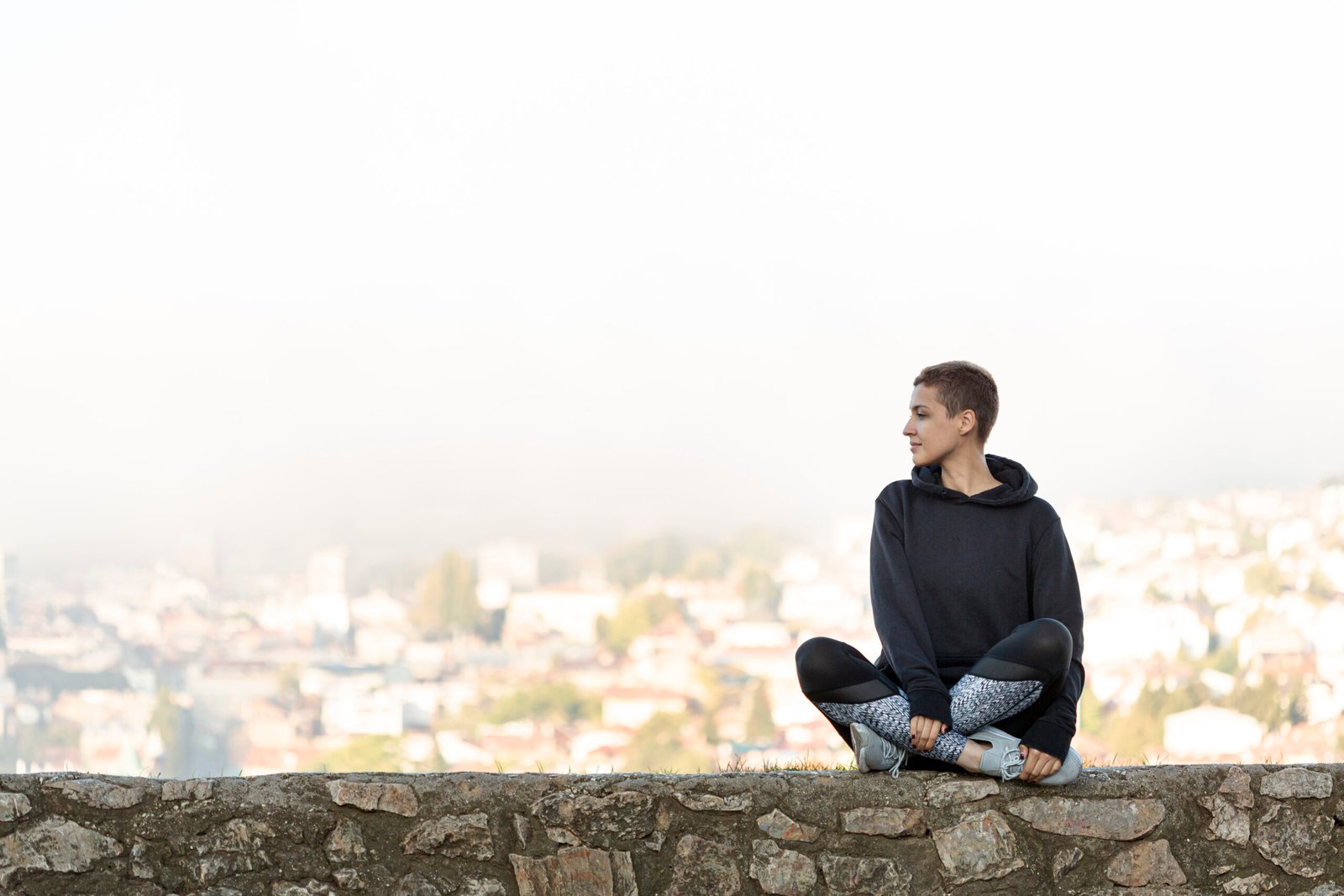In a world overflowing with noise, clutter, and constant stimulation, many people are discovering that the path to peace isn’t found in adding more—but in learning to live with less. Minimalism, once thought of simply as a design trend, has evolved into a lifestyle focused on intentional living, emotional clarity, and mental freedom. For individuals in recovery or navigating life transitions such as moving into sober living in Los Angeles, minimalism can serve as a supportive framework for building structure, serenity, and long-term emotional stability.
The Connection Between Clutter and Mental Overload
Our physical environment often mirrors our internal world. Clutter can create feelings of chaos, anxiety, and overwhelm, making it harder to focus or make clear decisions. When items pile up, so do mental distractions. The brain is forced to process excess visual stimuli, which can increase stress and decrease productivity.
Conversely, an organized, simplified space can support emotional grounding. By reducing unnecessary items, individuals often find they reduce unnecessary thoughts and emotional burdens as well.
Minimalism as a Tool for Emotional Reset
Minimalism isn’t about having as few possessions as possible—it’s about being intentional with what remains. This intentionality encourages mindfulness and self-awareness, two key components of emotional healing. When individuals choose what to keep in their lives, they also begin to reflect on which habits, relationships, or thoughts they want to hold onto.
This shift fosters a mindset of clarity and control. Removing physical clutter often sparks the desire to remove emotional clutter as well—such as guilt, resentment, or self-doubt.
Why Minimalism Supports Recovery and Personal Growth
For those in transitional stages such as entering sober living or rebuilding after hardship, minimalism offers structure and emotional breathing room. Living with fewer distractions helps individuals stay focused on their wellness goals, establish routines, and reduce the mental noise that can trigger stress or anxiety.
Simplified living can also strengthen self-discipline and promote responsibility—both of which are essential in maintaining long-term progress. This alignment between environment and intention creates a sense of accountability and empowerment.
The Psychological Benefits of Living with Less
Reduced Stress and Overwhelm
Simplified surroundings lower sensory overload and promote a calmer mental state.
Increased Focus
When fewer items compete for attention, the mind is free to concentrate on healing, goals, and personal growth.
Enhanced Emotional Clarity
Intentional living encourages reflection on what truly matters, helping individuals reconnect with their values.
Stronger Self-Control
Choosing a minimalist lifestyle helps reinforce boundaries and build self-discipline.
Minimalism Encourages Living in the Present
Excess possessions often tie people to their past or fuel anxieties about the future. Minimalism encourages presence by prioritizing what is useful, purposeful, or meaningful right now. This present-focused mindset helps with anxiety management and supports emotional grounding.
Living presently supports individuals in recovery or healing by reducing the temptation to dwell on past mistakes or worry excessively about what lies ahead.
Creating Peaceful Environments for Mental Stability
Minimalist spaces are often designed with softness, openness, and natural elements in mind. These features are proven to promote calmness, reduce anxiety, and create emotional safety. Whether in a shared living environment or private space, adopting minimalist principles can help individuals feel more settled and mentally balanced.
For those building new routines in recovery, a peaceful space can reinforce consistency, sleep quality, and emotional regulation—all contributing to sustained progress.
Minimalism and Identity Reconstruction
Letting go of possessions can feel symbolic of letting go of old identities or harmful narratives. For individuals rebuilding their lives, minimalism provides a clean foundation for growth. It encourages asking questions like:
- Who am I without external distractions?
- What do I genuinely value?
- What kind of life am I choosing to build now?
Exploring these questions allows people to shape a new identity grounded in purpose rather than chaos.
How to Begin Adopting a Minimalist Mindset
Shifting into minimalism doesn’t require an immediate overhaul. It can start with small, manageable actions:
Start with One Space
Choose one area—like a desk or a closet—and simplify it with intention.
Keep Only What Serves You
Ask whether each item supports your mental peace, recovery, or daily function.
Incorporate Meaningful Routines
Replace scrolling or mindless habits with reflective practices such as journaling or mindful movement.
Maintain Balance
Minimalism should support healing, not feel restrictive. The goal is peace, not perfection.
Finding Freedom in Less
Minimalism offers more than a clean space—it provides emotional clarity, freedom from overwhelm, and room to grow. By intentionally removing what no longer serves us, we make space for stability, presence, and peace. For many, especially those embracing new beginnings, minimalism becomes a pathway to self-discovery and a calmer, more grounded future.
A life filled with meaning doesn’t depend on how much we accumulate—but on how much peace we allow ourselves to hold.

